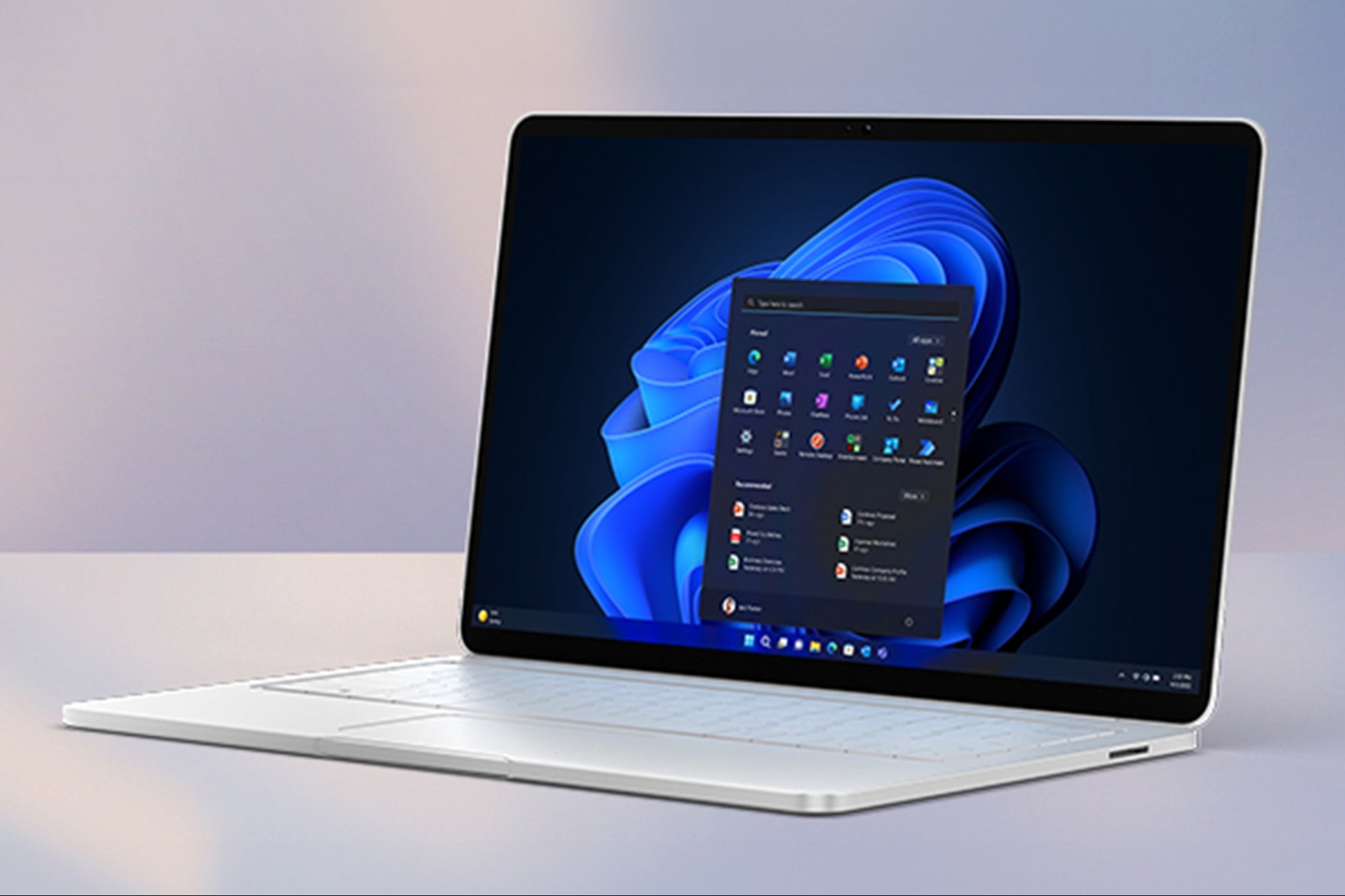Cracking the Code on Diversity in Tech The industry needs a lasting cultural shift.
By Kelli Dragovich Edited by Dan Bova
Opinions expressed by BIZ Experiences contributors are their own.

It seems the tech industry's ability to disrupt and innovate has found its limit. Tech companies have acknowledged the need to diversify their workforce, but haven't quite been able to crack the code on how to do so. And in a post-Trump world, candidates' anxieties around the issue are showing no signs of slowing. How can an industry with innovation in its DNA, and virtually unlimited resources, effectively address this issue? The answer is a two-pronged approach that addresses both the next generation of diverse workers and the qualified and underrepresented candidates who are knocking on Silicon Valley's door today.
Related: Why Gender Diversity In Tech Matters
For an industry that is obsessed with data, it may not be surprising that a common pitfall is an over-emphasis on numbers. This obsession with metrics has led to initiatives like affirmative action hiring programs set up by some of the biggest names in tech, which, unfortunately, have failed to perform as hoped. While hiring initiatives and public revealing of diversity numbers are steps in the right direction, they are just that -- a step, not a cure.
The bottom line is that both short and long-term solutions are needed to really solve this problem. Qualitative measurement of this type of progress is difficult, but the goal should be a lasting cultural shift, not a data point to share with the world.
Thinking long-term: Expanding talent pools.
While some have written off the leaky STEM pipeline as a "cop out" for companies, addressing systematic exclusion and low retention is essential to long-term progress. According to the National Science Foundation, women with bachelor's degrees in math and computer sciences has declined by about 25 percent since the mid-80s, when computer games were aggressively marketed as a boy's hobby. Instead of competing over the same limited pool of diverse talent, the tech industry should come together to create new, larger pools. Building programs that support STEM education, vocational schools and skills training for underrepresented groups will grow the pipeline of more diverse potential candidates for everyone down the line.
Google, despite its less than stellar diversity numbers, should be applauded for their long-term thinking in this regard. The company has created industry-wide initiatives aimed at growing the overall pool of underrepresented talent. Last June, the internet giant debuted its Made with Code campaign in an effort to get young women excited about computer science -- a field that less than one percent of high school girls think of as part of their future. Another Google-led program, CS First, makes it possible for teachers and community volunteers to form computer science clubs for young kids.
Related: 21 Silicon Valley Women Who Are More Qualified to Be on Your Board Than Mark Cuban
What we can do now: Eliminate biases.
While it's essential to grow highly skilled and diverse labor pools, an ocean of qualified, underrepresented candidates isn't enough if unconscious biases continue to derail hiring processes. Removing gatekeepers' subjectivity and prejudices from the process will not only help level the playing field for candidates today, but also ensure a lower barrier for entry for underrepresented talent pools in the future.
Researchers found that companies using GitHub approved code written by women at a higher rate than code written by men, but only if the gender was not disclosed. As soon as gender was revealed, the situation reversed and the acceptance rate for code written by women declined. This extends to race as well; a study by the National Bureau of Economic Research revealed that candidates with African American names have a tougher time finding a job.
The issue is difficult to regulate, but companies can prevent unconscious biases from impacting their hiring decisions in a few ways. An easy first step is to use gender-neutral language in job descriptions that will attract a diverse pool of applicants. Using a tool like Textio can help with this. Once the evaluation process begins, "blind" hiring tactics can eliminate potential biases. For example, hiring tools can hide the name, photo and university from candidates' resumes. Some have even suggested that virtual reality may be the answer to masking appearances during interviews. While VR headsets may not be realistic for everyone, creating consistent scorecards to judge candidates can also prevent interviewers from putting too much weight on things like physical appearance or shared interests.
Related: 3 Ways to Attract and Hire Diverse, Hardworking Millennials
The issue of bias is evident not only when it comes to hiring, but also retention. Unconscious biases can create a less inclusive company culture that perpetuates traditional white patriarchal power dynamics. People of color who enter the tech industry leave the field at more than 3.5 times the rate of white men, and research from the Center for Talent Innovation shows that U.S. women working in SET fields are 45 percent more likely than their male peers to leave the industry within their first year.
The industry needs more than superficial band-aids if it wants to create a genuine and sustainable culture of inclusion. Real progress might mean not having much to show the world for 18-24 months, or even 18 years in the case of initiatives to patch the leaky STEM pipeline. The benefits of a diverse workforce are more than just impressive figures in an annual report. Diversity brings with it unique perspectives, experiences and solutions to the everyday challenges businesses face. We cannot effectively create the tools and technology of the future if we surround ourselves with homogeneity of thought and experience today.












